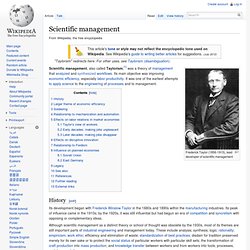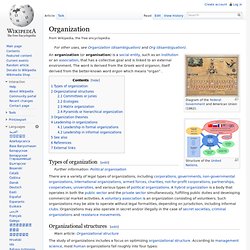

Modification of the Floyd-Warshall Graph Distance Algorithm. Below are my completed set of modifications to the Floyd_Warshall algorithm to apply the constraint that the search must leave the node before coming back, i.e. the distance from a vertex V is >0 rather than equal to zero as the algorithm defaults to when the start node is the same as the end node.

I would like to point out that I am responsible for the modifications only which are clearly marked. The original code is Copyright 1999, O'Reilly & Associates and freely available under the same terms as Perl is distributed under. I have provided my modifications merely to help others if they have the same requirement I had sub Aruns_APSP_Floyd_Warshall { my $G = shift; my @V = $G->vertices; my @E = $G->edges; my (%V2I, @I2V); my (@P, @W); # Compute the vertex <-> index mappings. @V2I{ @V } = 0.. Hope you find it useful, ____________Arun. A constructive algorithm for realizing a distance matrix. Graph Distance Matrix. All-Pairs Shortest Path. Structural functionalism. Theory[edit] Classical theories are defined by a tendency towards biological analogy and notions of social evolutionism: Functionalist thought, from Comte onwards, has looked particularly towards biology as the science providing the closest and most compatible model for social science.

Biology has been taken to provide a guide to conceptualizing the structure and the function of social systems and to analyzing processes of evolution via mechanisms of adaptation ... functionalism strongly emphasises the pre-eminence of the social world over its individual parts (i.e. its constituent actors, human subjects). While one may regard functionalism as a logical extension of the organic analogies for societies presented by political philosophers such as Rousseau, sociology draws firmer attention to those institutions unique to industrialized capitalist society (or modernity). Émile Durkheim was concerned with the question of how certain societies maintain internal stability and survive over time. Metaphysics. Metaphysics is a traditional branch of philosophy concerned with explaining the fundamental nature of being and the world that encompasses it,[1] although the term is not easily defined.[2] Traditionally, metaphysics attempts to answer two basic questions in the broadest possible terms:[3] Ultimately, what is there?

What is it like? Prior to the modern history of science, scientific questions were addressed as a part of metaphysics known as natural philosophy. Originally, the term "science" (Latin scientia) simply meant "knowledge". The scientific method, however, transformed natural philosophy into an empirical activity deriving from experiment unlike the rest of philosophy. Etymology[edit] However, once the name was given, the commentators sought to find intrinsic reasons for its appropriateness. Central questions[edit] Social entrepreneurship. Social entrepreneurship is the process of pursuing innovative solutions to social problems.

More specifically, social entrepreneurs adopt a mission to create and sustain social value. They pursue opportunities to serve this mission, while continuously adapting and learning. They draw upon appropriate thinking in both the business and nonprofit worlds and operate in all kinds of organizations: large and small; new and old; religious and secular; nonprofit, for-profit, and hybrid.[1] Business entrepreneurs typically measure performance in profit and return, but social entrepreneurs also take into account a positive return to society. Social entrepreneurship typically furthers broad social, cultural, and environmental goals and is commonly associated with the voluntary and not-for-profit sectors.[2] Profit can at times also be a consideration for certain companies or other enterprises.
Modern definition[edit] There are continuing arguments over precisely who counts as a social entrepreneur. Scientific management. Frederick Taylor (1856-1915), lead developer of scientific management Scientific management, also called Taylorism,[1] was a theory of management that analyzed and synthesized workflows.

Its main objective was improving economic efficiency, especially labor productivity. It was one of the earliest attempts to apply science to the engineering of processes and to management. History[edit] Its development began with Frederick Winslow Taylor in the 1880s and 1890s within the manufacturing industries. Although scientific management as a distinct theory or school of thought was obsolete by the 1930s, most of its themes are still important parts of industrial engineering and management today. Scientific management's application was contingent on a high level of managerial control over employee work practices. Scientific management. Social entrepreneurship. Scientific management. Structural functionalism. Organization. An organization (or organisation) is a social entity, such as an institution or an association, that has a collective goal and is linked to an external environment.

The word is derived from the Greek word organon, itself derived from the better-known word ergon which means "organ" . Types of organization[edit] There are a variety of legal types of organizations, including corporations, governments, non-governmental organizations, international organizations, armed forces, charities, not-for-profit corporations, partnerships, cooperatives, universities, and various types of political organizations. A hybrid organization is a body that operates in both the public sector and the private sector simultaneously, fulfilling public duties and developing commercial market activities. A voluntary association is an organization consisting of volunteers. Organizational structures[edit] The study of organizations includes a focus on optimizing organizational structure. Organization.